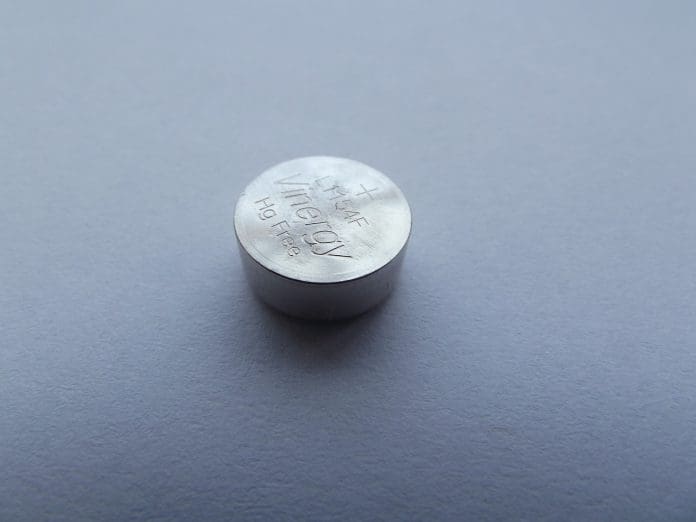This post is also available in:
 עברית (Hebrew)
עברית (Hebrew)
Engineers at MIT have developed a tiny battery that could revolutionize the field of micro-robotics, facilitating the implementation of robotics to applications that require entering through a very small area, such as entering gas pipelines to detect leaks or in drug delivery inside the human body. This innovative battery, measuring just 0.1 millimeters in length and 0.002 millimeters in thickness (about the width of a human hair) utilizes oxygen from the air to oxidize zinc, generating a current of up to 1 volt. This amount of power is sufficient to drive small circuits, sensors, or actuators, making it a promising solution for powering tiny autonomous robots.
Powering such diminutive robots has long been a challenge. While solar power has been used in microscale devices, it requires a constant external light source, limiting the robot’s mobility and autonomy. These systems, referred to as “marionettes,” are dependent on external power and are restricted in their operational range. However, the new battery, according to TechXplore, promises greater independence by integrating a power source directly into the robot, allowing it to operate autonomously in inaccessible spaces.
The engineers have employed a zinc-air battery design for this purpose. Zinc-air batteries, known for their high energy density and longevity, are commonly used in hearing aids. The MIT-designed battery features a zinc electrode and a platinum electrode embedded in a polymer strip called SU-8, used in microelectronics. Interaction between these electrodes and oxygen molecules from the air results in zinc oxidation, producing electrons that flow to the platinum electrode, thus generating power.
In their study, the researchers demonstrated that the battery could effectively power an actuator—a robotic arm capable of movement—along with a memristor, a device that stores event memories by altering its electrical resistance, and a clock circuit for timekeeping. The battery also powers two kinds of sensors that detect environmental chemicals by changing their electrical resistance: one made from atomically thin molybdenum disulfide and the other from carbon nanotubes.
Looking ahead, the team plans to incorporate these batteries into fully autonomous robots. One potential application includes designing injectable robots for drug delivery within the human body, which would be made from biocompatible materials that dissolve once their task is complete. Additionally, the team is working to increase the battery’s voltage to expand its range of applications.
This innovation represents a crucial step toward creating more autonomous and versatile micro-robots, capable of performing complex tasks in challenging environments.
The study published in Science Robotics


























